Archives
- 2025-11
- 2025-10
- 2025-09
- 2025-03
- 2025-02
- 2025-01
- 2024-12
- 2024-11
- 2024-10
- 2024-09
- 2024-08
- 2024-07
- 2024-06
- 2024-05
- 2024-04
- 2024-03
- 2024-02
- 2024-01
- 2023-12
- 2023-11
- 2023-10
- 2023-09
- 2023-08
- 2023-07
- 2023-06
- 2023-05
- 2023-04
- 2023-03
- 2023-02
- 2023-01
- 2022-12
- 2022-11
- 2022-10
- 2022-09
- 2022-08
- 2022-07
- 2022-06
- 2022-05
- 2022-04
- 2022-03
- 2022-02
- 2022-01
- 2021-12
- 2021-11
- 2021-10
- 2021-09
- 2021-08
- 2021-07
- 2021-06
- 2021-05
- 2021-04
- 2021-03
- 2021-02
- 2021-01
- 2020-12
- 2020-11
- 2020-10
- 2020-09
- 2020-08
- 2020-07
- 2020-06
- 2020-05
- 2020-04
- 2020-03
- 2020-02
- 2020-01
- 2019-12
- 2019-11
- 2019-10
- 2019-09
- 2019-08
- 2019-07
- 2019-06
- 2019-05
- 2019-04
- 2018-11
- 2018-10
- 2018-07
-
br Materials and methods br Results br Discussion
2021-10-08
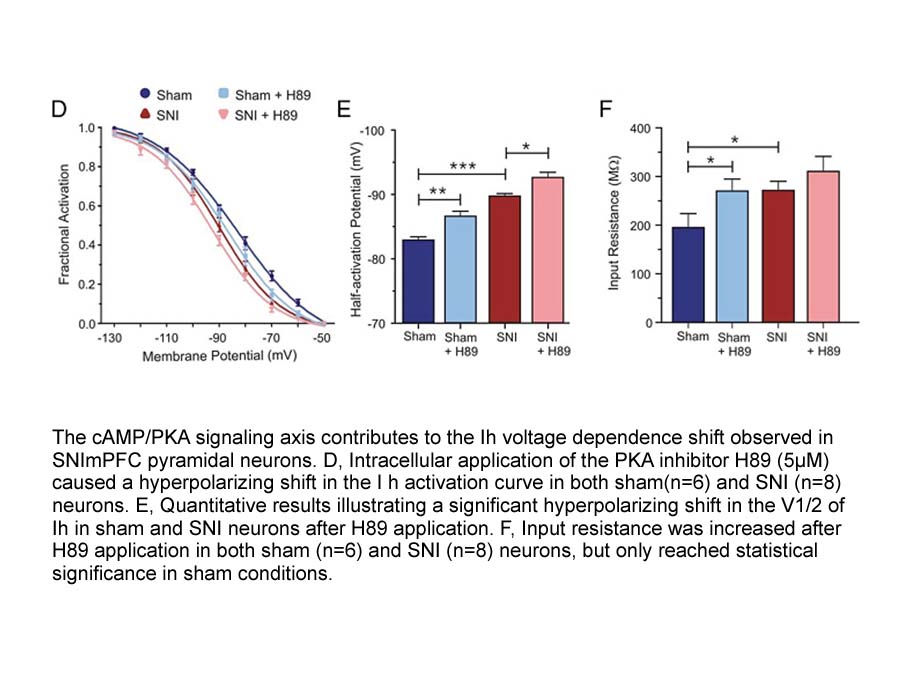
Materials and methods Results Discussion Both EMT of the tubular epithelial Nitidine chloride and the activation of fibroblasts are critical factors in the pathogenesis and progression of renal interstitial fibrosis. Accumulating evidence implicates EMT in the onset and pathogenesis of ren
-
br Conclusion GST expression was detected in the Hemicornea
2021-10-08

Conclusion GST expression was detected in the Hemicornea construct and the commonly used animal cornea models at both the protein and functional levels. The results are summarized in Table 1. However, the construct exhibited lower levels of activity of GST, a marker of phase II enzymatic activity
-
Of what interest is the link between GSNOR
2021-10-08

Of what interest is the link between GSNOR and NO in the plant response to Fe deficiency? On the one hand, NO acts as an important signal to help plants accommodate Fe deficiencies; on the other hand, surplus NO is indeed a harmful RNS that induces severe S-nitrosylation-related damage at a higher s
-
In the present study both experimental
2021-10-08
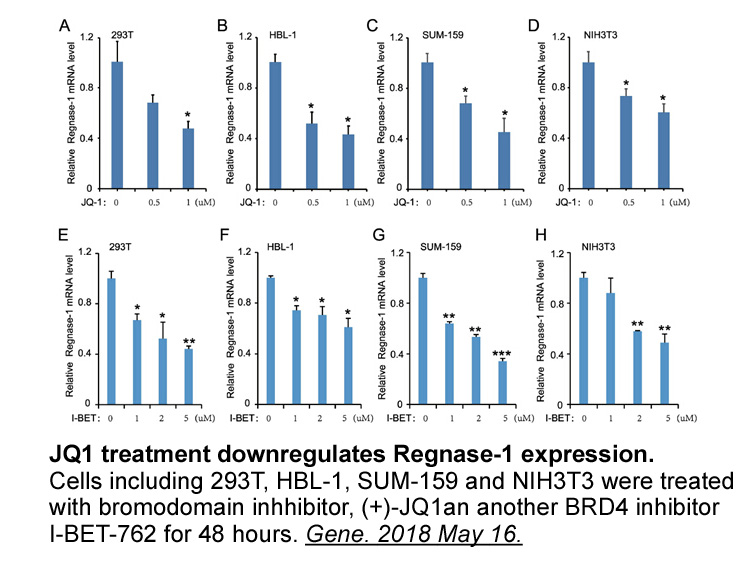
In the present study, both experimental and theoretical studies were performed to explore the inhibitory mechanisms of indomethacin and its analogues towards GLOI. A remarkable correlation (=0.974) was derived for the four structurally similar NSAIDs and two curcumins between the experimental bindin
-
br Materials and Methods br Results br Discussion A
2021-10-08
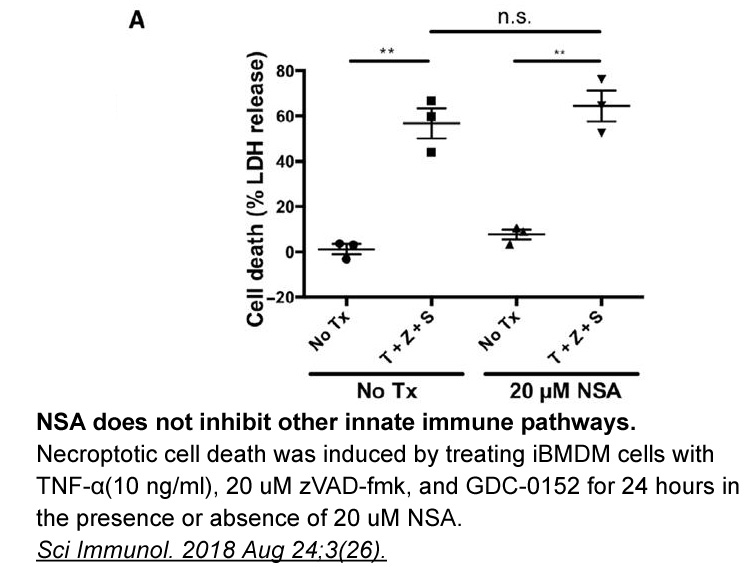
Materials and Methods Results Discussion A model of seizure and excitotoxicity induced by neonatal MSG administration was described recently (19) in which extracellular glutamate increased after the first and second MSG administrations were observed, the greatest increase seen following the
-
Up to now the research about the effect
2021-10-08
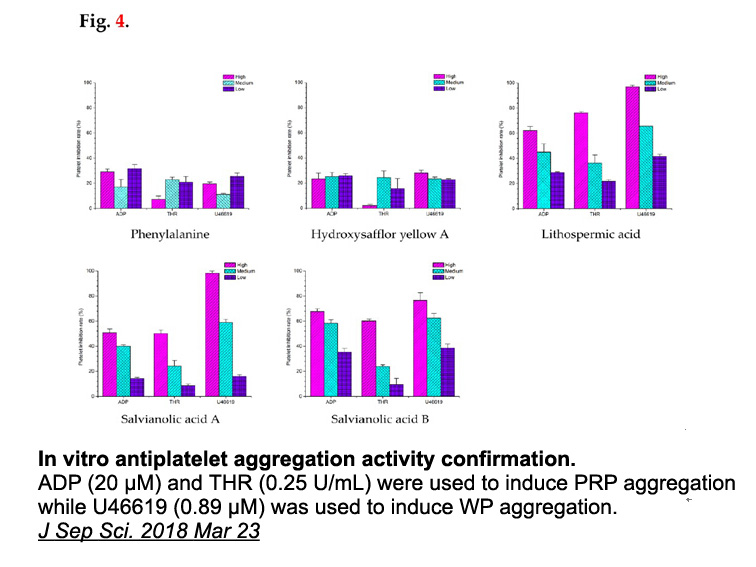
Up to now, the research about the effect of PAs on inhibiting carbohydrase activity in vitro or reducing blood sugar level in vivo was mainly reported in PAs from grape seeds, Lepisanthes alata (Malay cherry) leaves, sorghum, pomegranate, cranberry and persimmon (Banerji and Banerjee, 2016, Barrett
-
br Acknowledgements br Introduction High intensity noise
2021-10-08
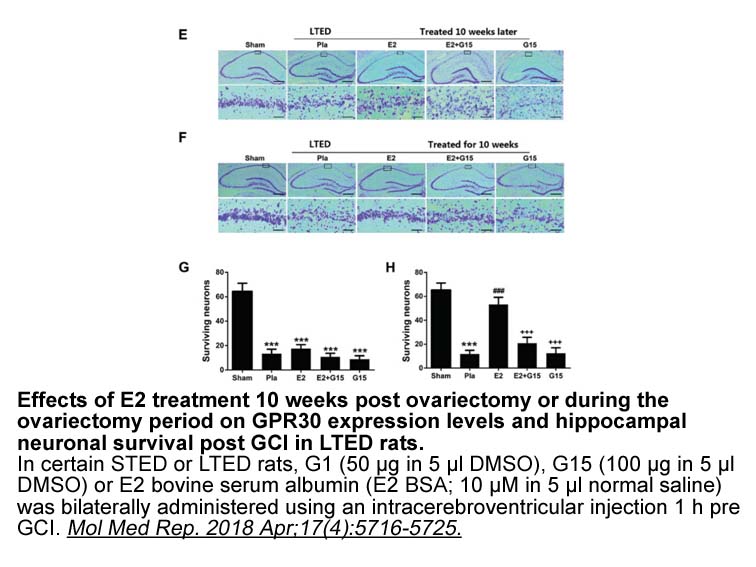
Acknowledgements Introduction High-intensity noise exposure has long been known to induce damage in the peripheral and central auditory system, often resulting in auditory pathologies such as hearing loss, tinnitus and hyperacusis (Syka, 2002; Roberts et al., 2010). Within the inner ear, struc
-
In conclusion we have shown that AKR D regulates
2021-10-08
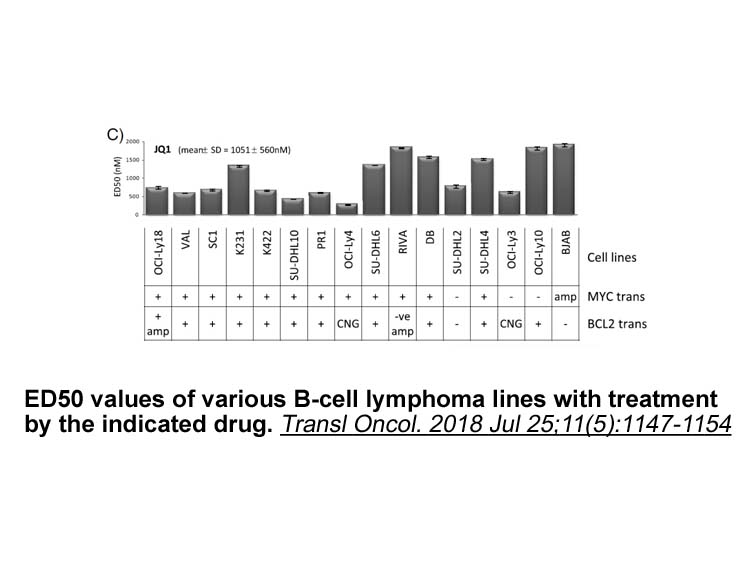
In conclusion, we have shown that AKR1D1 regulates glucocorticoid availability and GR activation and therefore represents a key pre-receptor regulator of hormonal action in human liver. However, there are additional questions that need to be addressed including dissecting the broader role of AKR1D1
-
br Do the actions of
2021-10-08
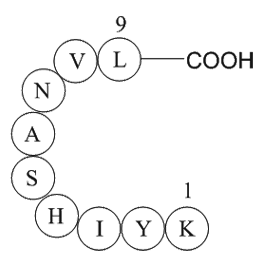
Do the actions of GLP-1R agonists on the vascular endothelium account for GLP-1R agonist-mediated cardioprotection? The previous section highlighted the recent clinical evidence from cardiovascular outcomes studies supporting the notion that GLP-1R agonists confer cardioprotective actions in pat
-
Cx mimetic peptides short synthetic peptides corresponding
2021-10-08
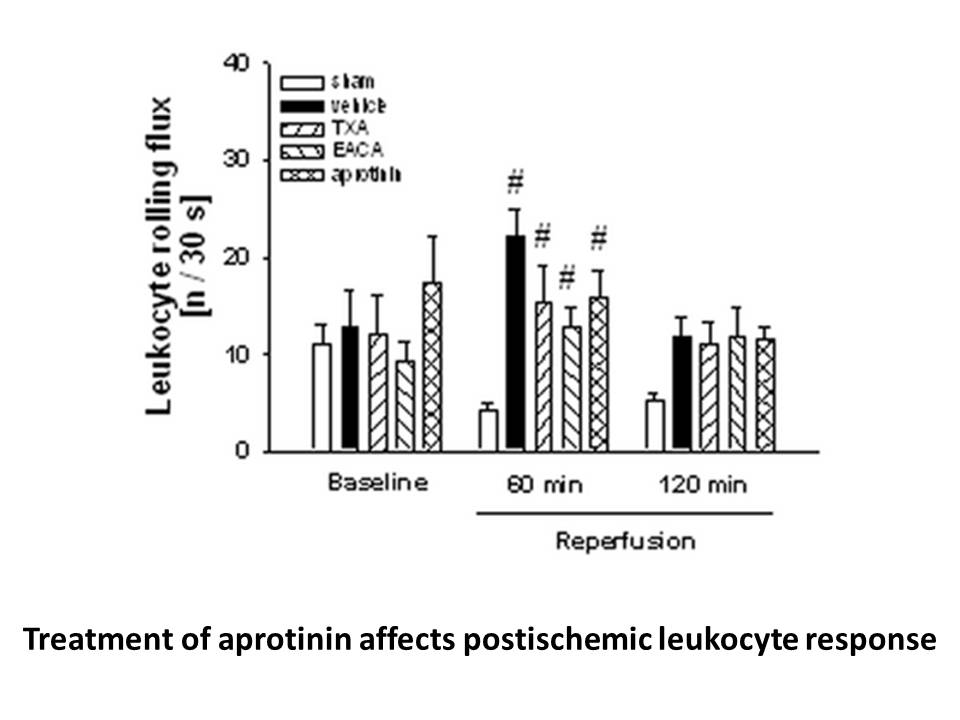
Cx mimetic peptides, short synthetic peptides corresponding to intracellular amino Roflumilast sequences of diverse Cx have better specificity compared to traditional GJ blockers and openers. In particular, it was reported that Cx mimetic peptides reversibly inhibited GJ channel function in a conce
-
On the other hand histone deacetylase
2021-10-07
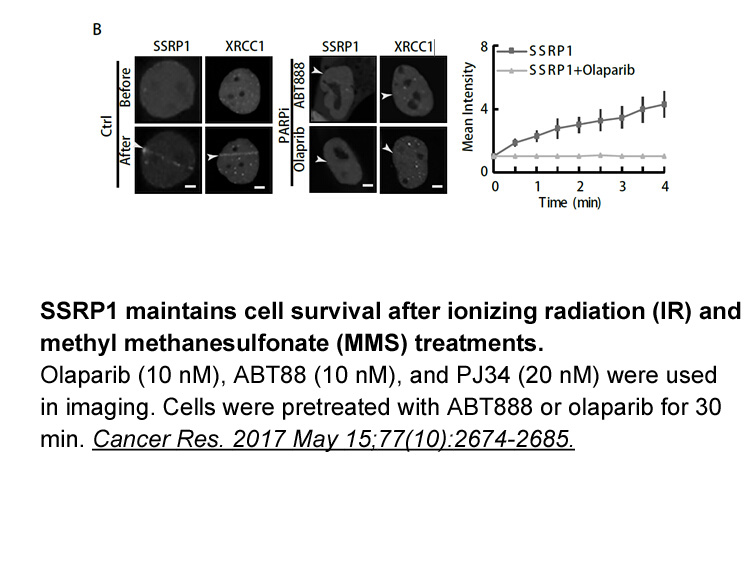
On the other hand, histone deacetylase inhibitors can accelerate inflammation resolution by promoting the externalization of AnxA1, a main ALX/FPR2 agonist, with concomitant inhibition of cytokine gene expression in mouse macrophages [30]. Thus, our present results provide an additional mechanism, i
-
Because AM had limited efficacy on rodent GPR
2021-10-07
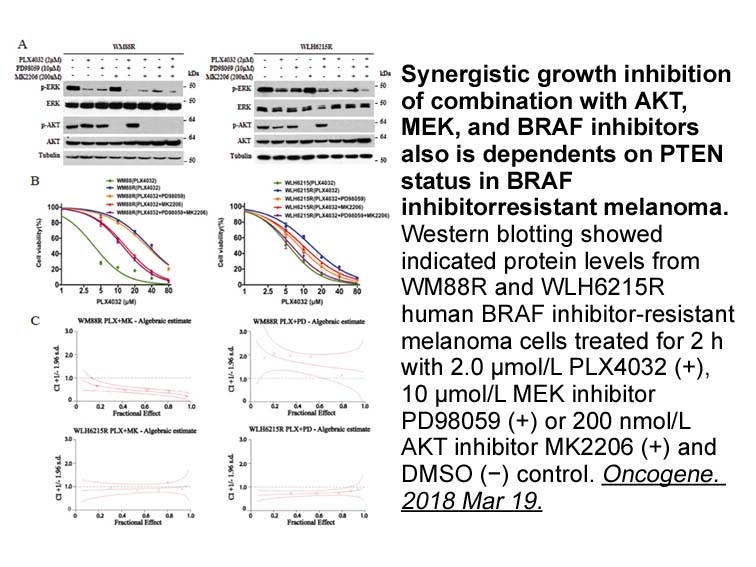
Because (AM-3189) had limited efficacy on rodent GPR40, we used two rodent models expressing human GPR40 to demonstrate efficacy of (AM-3189). First, we used human islet transplanted nude mice. In this model, endogenous pancreatic β-cells were ablated using streptozotocin, and mice were rescued to
-
Previous studies have shown that ox LDL induced hepatic sinu
2021-10-07
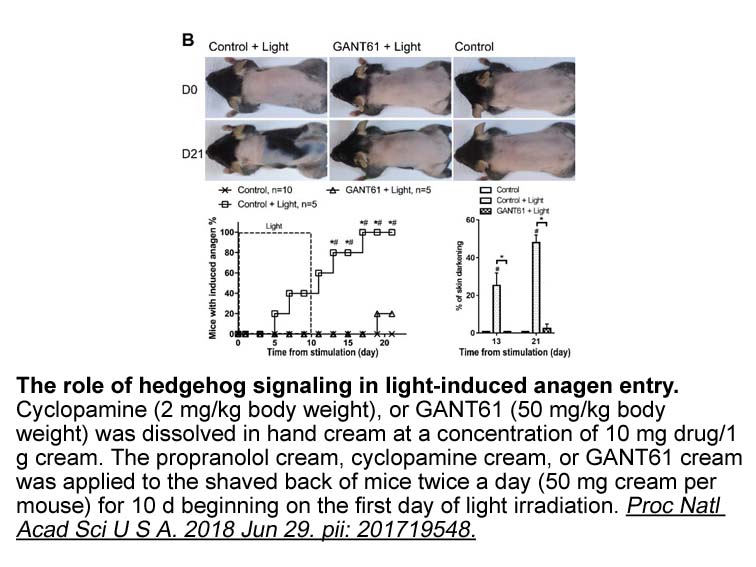
Previous studies have shown that ox-LDL-induced hepatic sinus dysfunction is the result of multiple pathways, multi-factorial regulation, and in the present study, we reported for the first time that ox-LDL regulates the basement membrane protein VN through the integrin αvβ5 pathway under high gluco
-
As for all DOACs measurement of DiXaIs activity requires the
2021-10-07
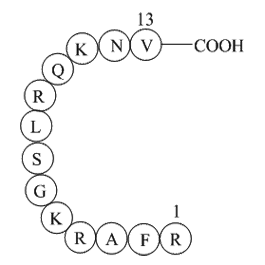
As for all DOACs, measurement of DiXaIs activity requires the use of dedicated specific calibrators and controls. Each drug needs its own calibration and control material in a like to like manner. In no case can a drug concentration be extrapolated with the use of a calibrator established for anothe
-
Although oxidative stress induces a decrease in intracellula
2021-10-07
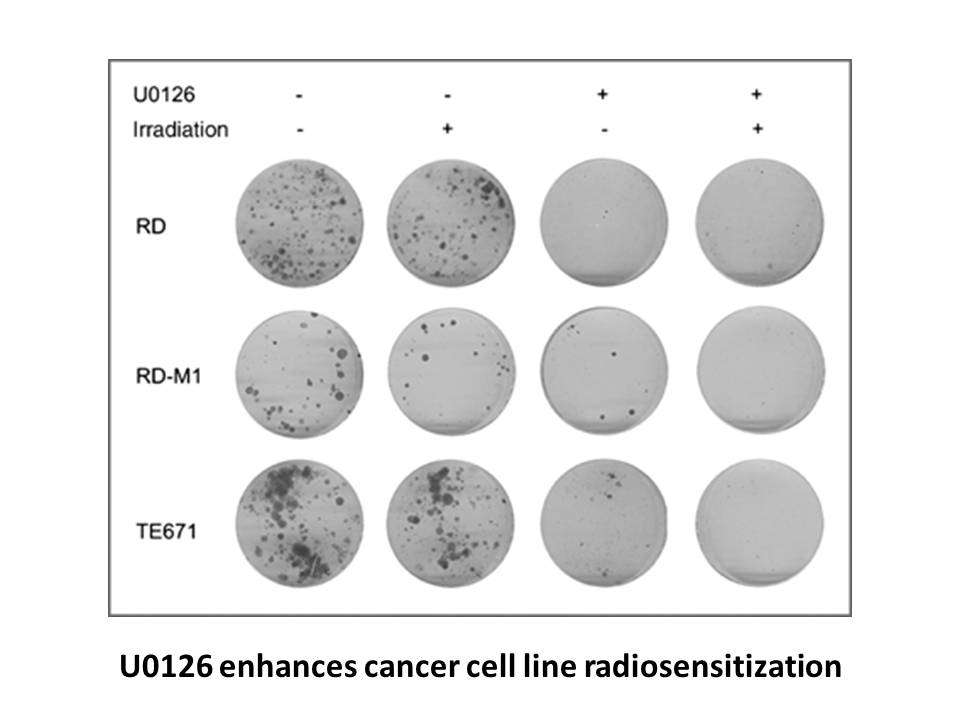
Although oxidative stress induces a decrease in intracellular ATP level, the underlying mechanism is obscured. We hypothesized that oxidative stress induced by H2O2 could decrease astrocytes ATP level through lysosome exocytosis in Ca2+-dependent pattern. In present study, using H2O2 stimulation to
16420 records 589/1095 page Previous Next First page 上5页 586587588589590 下5页 Last page